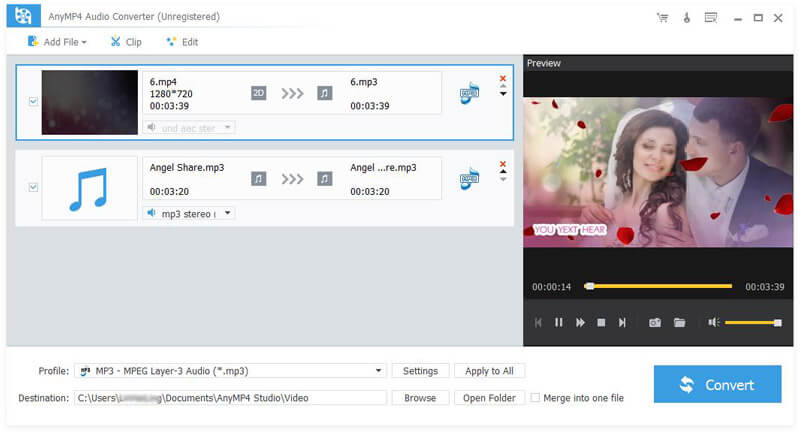


The face is typically made of thick lead glass or special barium-strontium glass to be shatter-resistant and to block most X-ray emissions. As such, handling a CRT carries the risk of violent implosion that can hurl glass at great velocity.
Ra file converter free#
The interior is evacuated to approximately 0.01 pascals (9.9 ×10 −8 atm) to 133 nanopascals (1.31 ×10 −12 atm), to facilitate the free flight of electrons from the gun(s) to the tube's face without scattering due to collisions with air molecules. Ī CRT is a glass envelope which is deep (i.e., long from front screen face to rear end), heavy, and fragile. Electrostatic deflection is commonly used in oscilloscopes. In modern CRT monitors and televisions the beams are bent by magnetic deflection, using a deflection yoke. In color devices, an image is produced by controlling the intensity of each of three electron beams, one for each additive primary color (red, green, and blue) with a video signal as a reference.

In television sets and computer monitors, the entire front area of the tube is scanned repeatedly and systematically in a fixed pattern called a raster. CRTs have also been used as memory devices, in which case the screen is not intended to be visible to an observer. A CRT on a television set is commonly called a picture tube. The images may represent electrical waveforms ( oscilloscope), pictures ( television set, computer monitor), radar targets, or other phenomena. The only visible differences are the single electron gun, the uniform white phosphor coating, and the lack of a shadow mask.Ī cathode-ray tube ( CRT) is a vacuum tube containing one or more electron guns, the beams of which are manipulated to display images on a phosphorescent screen. 4. Phosphor layer on the inner side of the screen emits light when struck by the electron beamĦ. Graphite layer on the inner side of the tubeħ. Rubber or silicone gasket where the anode voltage wire enters the tube (anode cup)ġ2. Control electrode regulating the intensity of the electron beam and thereby the light emitted from the phosphorġ3. Contact pins for cathode, filament and control electrode


 0 kommentar(er)
0 kommentar(er)
